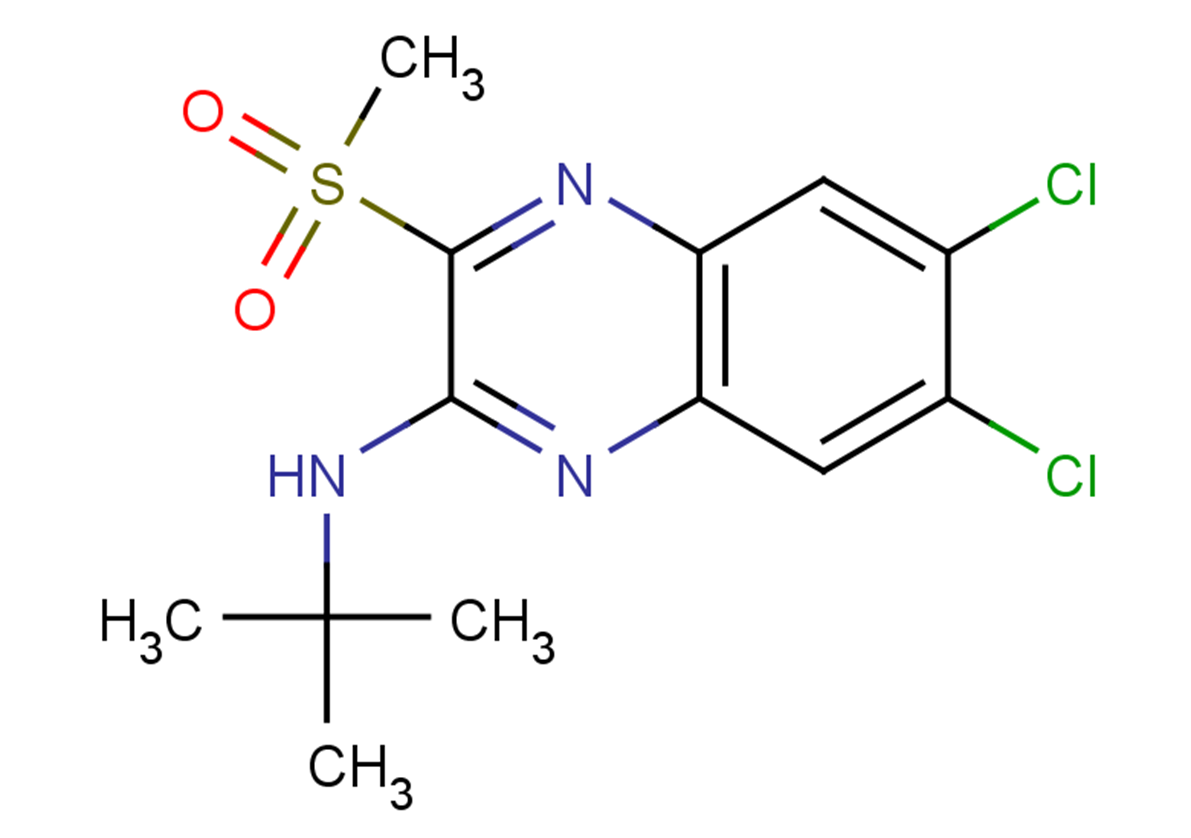GLP-1R Agonist DMB
| Code | Size | Price |
|---|
| TAR-T36579-50mg | 50mg | Enquire | |||||||||||||||||||||||||||||||||||||||||||||||||||||||||||||||||||||||||||||||||||||||||||||||||
| Special offer! Add £1 to your order to get a TargetMol CCK-8 Kit. Read more here. | |||||||||||||||||||||||||||||||||||||||||||||||||||||||||||||||||||||||||||||||||||||||||||||||||||
Quantity:
| TAR-T36579-1mg | 1mg | £108.00 | |||||||||||||||||||||||||||||||||||||||||||||||||||||||||||||||||||||||||||||||||||||||||||||||||
| Special offer! Add £1 to your order to get a TargetMol CCK-8 Kit. Read more here. | |||||||||||||||||||||||||||||||||||||||||||||||||||||||||||||||||||||||||||||||||||||||||||||||||||
Quantity:
| TAR-T36579-5mg | 5mg | £185.00 | |||||||||||||||||||||||||||||||||||||||||||||||||||||||||||||||||||||||||||||||||||||||||||||||||
| Special offer! Add £1 to your order to get a TargetMol CCK-8 Kit. Read more here. | |||||||||||||||||||||||||||||||||||||||||||||||||||||||||||||||||||||||||||||||||||||||||||||||||||
Quantity:
| TAR-T36579-10mg | 10mg | £270.00 | |||||||||||||||||||||||||||||||||||||||||||||||||||||||||||||||||||||||||||||||||||||||||||||||||
| Special offer! Add £1 to your order to get a TargetMol CCK-8 Kit. Read more here. | |||||||||||||||||||||||||||||||||||||||||||||||||||||||||||||||||||||||||||||||||||||||||||||||||||
Quantity:
| TAR-T36579-25mg | 25mg | £412.00 | |||||||||||||||||||||||||||||||||||||||||||||||||||||||||||||||||||||||||||||||||||||||||||||||||
| Special offer! Add £1 to your order to get a TargetMol CCK-8 Kit. Read more here. | |||||||||||||||||||||||||||||||||||||||||||||||||||||||||||||||||||||||||||||||||||||||||||||||||||
Quantity:
Prices exclude any Taxes / VAT
Overview
Regulatory Status: RUO
Shipping:
cool pack
Storage:
-20℃
Images
Documents
Further Information
Bioactivity:
GLP-1R agonist DMB is an agonist of glucagon-like peptide 1 receptor (GLP-1R; KB = 26.3 nM for the recombinant human receptor).1 It inhibits forskolin-induced cAMP accumulation in BHK cells expressing the recombinant human receptor with an EC50 value of 101 nM.2 GLP-1R (100 and 1,000 nM) increases insulin levels induced by D-(+)-glucose in pancreatic islets isolated from wild-type, but not Glp1r knockout, mice. It reduces fasting plasma glucose levels in mice when administered at a dose of 5 μmol/kg.3
CAS:
281209-71-0
Formula:
C13H15Cl2N3O2S
Molecular Weight:
348.24
Pathway:
GPCR/G Protein
Purity:
0.98
SMILES:
CC(C)(C)Nc1nc2cc(Cl)c(Cl)cc2nc1S(C)(=O)=O
Target:
Glucagon Receptor
References
Knudsen, L.B., Kiel, D., Teng, M., et al. Small-molecule agonists for the glucagon-like peptide 1 receptor. Proc. Natl. Acad. Sci. USA 104(3), 937-942 (2007).
Irwin, N., Flatt, P.R., Patterson, S., et al. Insulin-releasing and metabolic effects of small molecule GLP-1 receptor agonist 6,7-dichloro-2-methylsulfonyl-3-N-tert-butylaminoquinoxaline. Eur. J. Pharmacol. 628(1-3), 268-273 (2010).
Koole, C., Wootten, D., Simms, J., et al. Allosteric ligands of the glucagon-like peptide 1 receptor (GLP-1R) differentially modulate endogenous and exogenous peptide responses in a pathway-selective manner: Implications for drug screening. Mol. Pharmacol. 78(3), 456-465 (2010).



